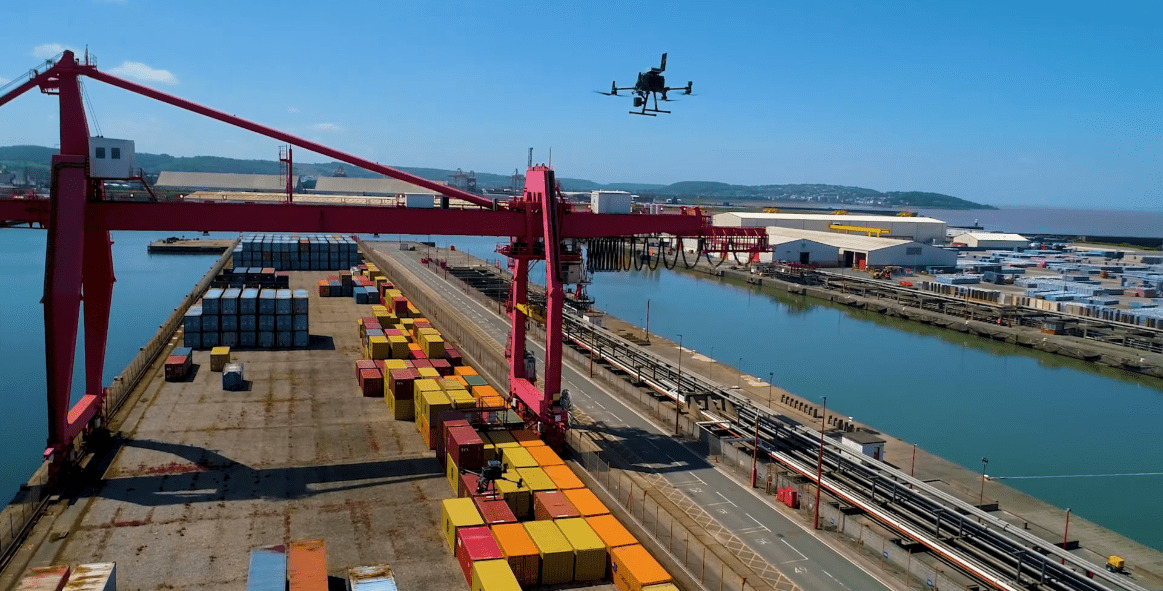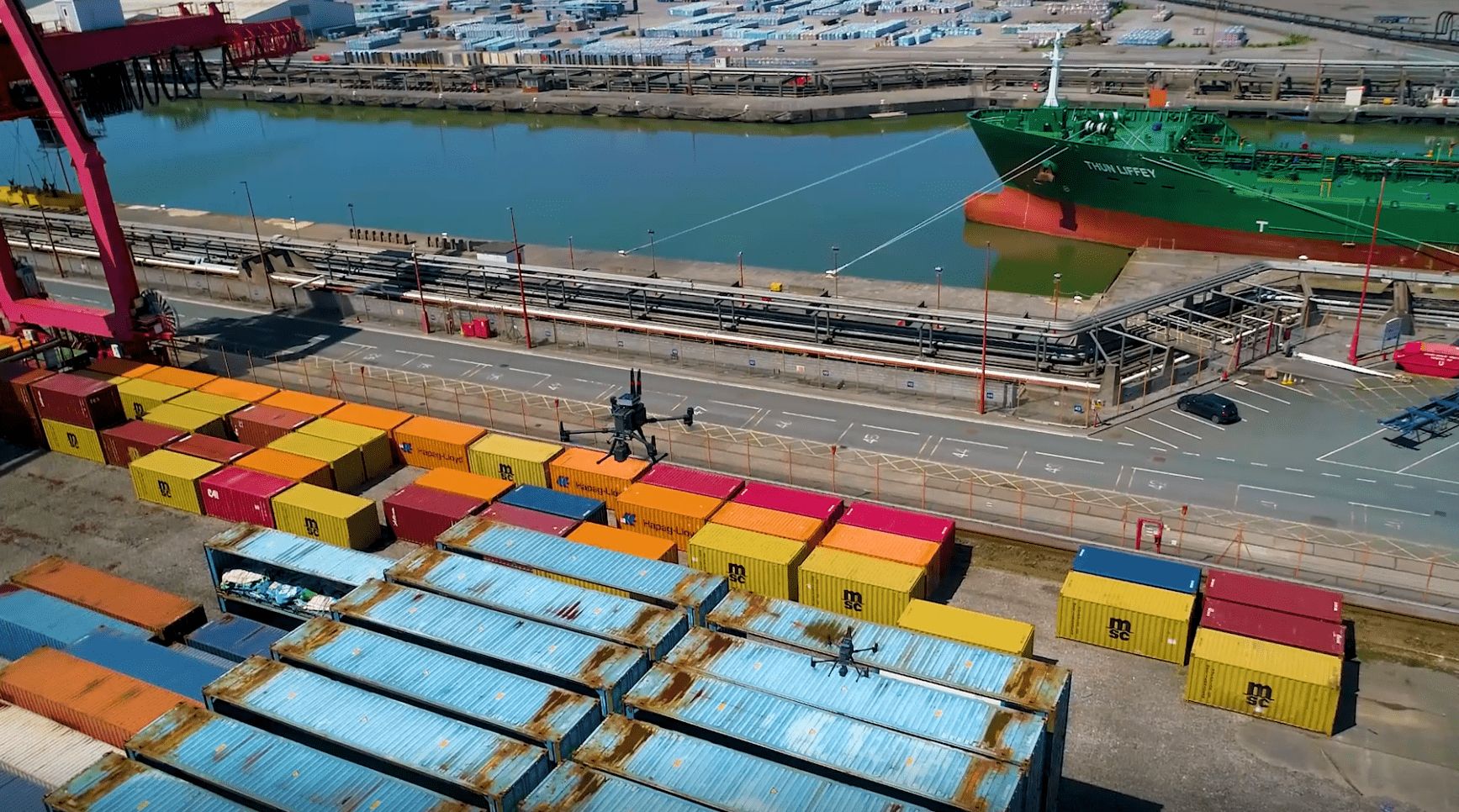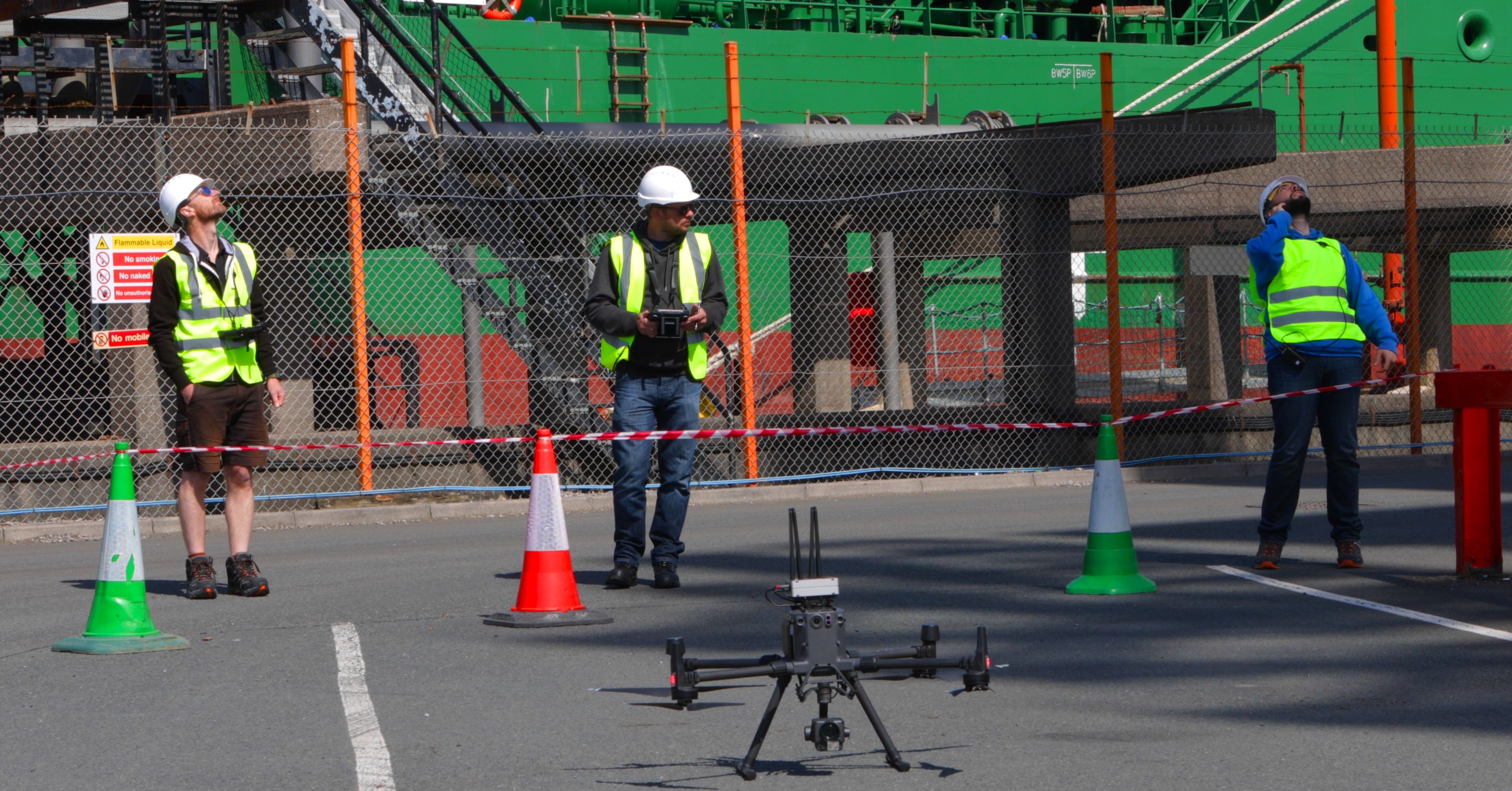UL’s autonomous solution for Smart Port challenges
With the increasing demands of global trade, the need to grow and become «smart» has never been more important

Ports are critical facilitators of international trade with 80% of current international trade happening via port. With the increasing demands of global trade, the need to grow and become «smart» has never been more important: Ships are getting bigger, products are moving faster, and geopolitical crises are posing new obstacles to ports all over the world. There are many technical and logistical challenges that test the physical limits of marine architecture, ports and waterways, but are unable to deliver the necessary improvements in efficiency and profitability themselves.
The sheer magnitude of Ports and the large geographic areas it covers, makes it difficult to have all parameters secured and surveyed throughout the day. With reflection of dockside walls and constant noise of vessel movement the challenges of cargo theft and un-detected trespassing also come into equation. Unfortunately, no volume of labour can fully reduce the problems. Ports not only face challenges on land but a large sum of it also comes from the sea. Underwater threats and infrastructure checks are some examples. There are solutions set in place to address these issues, but they come with their own shortfalls. High cost, low efficiency and danger to worker’s safety make it to the top of the list.
This is Precisely why; new technological solutions are required. The broader concepts of Digital Transformation are well on their way to becoming mainstream. Industry 4.0, with its emphasis on machine-to-machine (M2M) communication and the Internet of Things (IoT), is enabling significantly greater levels of flexibility and the ability to respond to change in real time in manufacturing.

Another technology that is making a huge impact and will be an integral part of the future of smart ports is the Autonomous Drones. One of the main uses of autonomous drones is for inspection and maritime surveillance. With features like advanced AI enabled Object recognition, real-time videos stream and 5G communications, ports can be effectively monitored, and assets can be easily tracked without having to physically leave the room.
Autonomous Drones have the unique ability to investigate and report on regions that would otherwise be unreachable. A drone could operate as a mobile sensor in an IoT scenario, collecting data and relaying it to a cloud app or another analytics service. Drones can also get to hard-to-reach places like checking the technical conditions of underwater infrastructure and relaying it back to operator is a key example.
Unmanned Life provides a complete autonomous surveillance solution for Smart Ports by interacting with constituent systems subordinated to the platform. Our software platform can autonomously deploy, control and orchestrate swarm of drones from one single interface. Multiple drones can be integrated, using the software platform, to autonomously perform a surveillance mission on demand or on a timer. Each drone installed with camera will record footage and send it to the central interface for viewing by the operator in real-time. By leveraging our unique AI algorithm analytics, the drones are enabled to detect person/object and alert the operator of any identified anomalies. Innovation lies in the collection of data and information that can be obtained from our advanced technology which will help with effective port operations.

But in order to make the fleet of drones work seamlessly, we rely on a robust and resilient digital infrastructure. 5G’s low latency and processing capacity, especially when powered by private networks, is bringing automated drones to life, and expanding their utility for maintenance inspections and even ship-to-shore deliveries. Unmanned Life also utilizes edge computing to carry out real-time calculations necessary to allow a swarm of drones to fly autonomously.
The drones can respond quickly to any change in the environment thanks to a low latency connection. Unmanned Life’s platform is designed to be hardware-agnostic, so it can support a wide range of drones, including models with rotors and fixed-wing aircraft with a much longer flight time. When the battery of one drone is running low, the platform automatically replaces it with a fully-charged model.
The advanced capabilities of our software platform makes it applicable for a variety of use cases like autonomous drone based infrastructure inspection, predictive maintenance, mapping, hybrid logistics, thermal hotspot identification, emission detection, project progress monitoring, site security , emergency response and many more.

It is evident, that compared to current monitoring techniques like CCTV, which are limited by fixed angles and a short range, connected drones can be significantly more effective. These restrictions may result in erroneous calls for service, which require a lot of labour and are risky. Given the high cost of manual surveillance, drones could cut costs dramatically by providing a flexible and efficient means of surveying large areas and detecting problems.
Unmanned Life’s drone-based autonomous solution will change the way smart Port operations function. With a reliable and sustainable solution offered by our platform, Port management can be safer, easier and efficient.
About Unmanned Life: Unmanned Life is changing the way robots are being deployed by providing seamless orchestration of autonomous robotics with its Autonomy-as-a-Service software platform. Unmanned Life integrates different technologies. Such as AI, 5G, and Edge computing with multiple robots, like drones and/or autonomous mobile robots (AMRs) and a variety of capabilities to enable autonomous robotics operations across multiple industries in particular, Industry 4.0 and Smart Cities.



